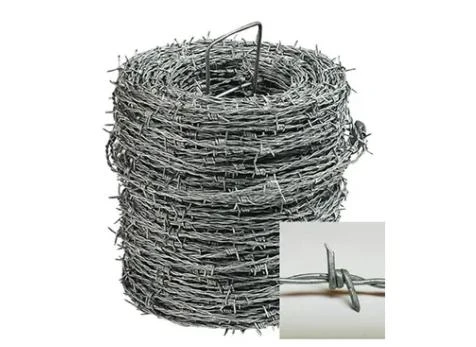-
 Phone:
Phone: -
 Email:
Email:

steel tie wire
The Essential Role of Steel Tie Wire in Construction
In the construction industry, the materials used can significantly influence the longevity, durability, and overall quality of a project. One such material, often overlooked but vital to many applications, is steel tie wire. This slender yet robust wire serves multiple functions, making it an essential component in construction and reinforcement projects.
What is Steel Tie Wire?
Steel tie wire is a type of wire that is typically made from high-carbon steel, offering excellent tensile strength and resistance to bending. This wire comes in various gauges, with thicker wires providing superior strength. It is commonly used in conjunction with rebar (reinforcement bars) to create a strong framework for concrete structures. The primary purpose of tie wire is to securely hold rebar in place during the placement of concrete, ensuring that the reinforcement remains exactly where it is needed for maximum structural integrity.
Applications in Construction
1. Rebar Tying The most common use of steel tie wire is in tying rebar together. In concrete construction, rebar is strategically placed to bear loads and provide tensile strength. Steel tie wire is used to bind these rebars together so that they maintain their position during the concrete pour. This is critical for the design's integrity, as any misalignment can lead to weak points in the final structure.
2. Formwork Assembly Steel tie wire is also employed in the assembly of formwork, which is vital for shaping concrete as it sets. Tie wire can hold form panels together tightly, preventing leaking of concrete and ensuring that the shape of the structure is maintained.
3. Stabilizing Structures In addition to being used with rebar, steel tie wire has applications in stabilizing various construction elements. For example, it can be used in scaffolding to ensure safety and stability while workers are on higher elevations.
4. Landscaping and Fencing Besides its role in concrete construction, steel tie wire is popular in landscaping projects, where it can be used to secure plants and trees. In fencing, it can help in tying panels and posts together for better security and durability.
steel tie wire

Advantages of Using Steel Tie Wire
The benefits of steel tie wire extend beyond mere functionality. Here are some advantages that make it an attractive choice for construction professionals
- Cost-Effectiveness Steel tie wire is relatively inexpensive compared to other materials, allowing contractors to maintain budget constraints without sacrificing quality.
- Strength and Durability Due to its strong construction from high-carbon steel, tie wire provides excellent resilience against environmental factors such as moisture and temperature fluctuations, which could weaken other materials over time.
- Flexibility Steel tie wire is highly malleable, allowing it to be twisted and shaped easily during the tying process. This flexibility makes it easy for workers to use, even in tight spaces.
- Sustainability Steel is a recyclable material, so using steel tie wire can contribute to a more sustainable construction process, minimizing waste and promoting the use of recycled materials.
Conclusion
In the broader context of construction materials, steel tie wire may not draw as much attention as concrete or steel beams, but its role is indispensable. From ensuring the structural integrity of concrete projects to enhancing safety on-site, steel tie wire proves to be a small but mighty ally in the construction realm. As the industry continues to evolve, the demand for reliable and efficient materials like steel tie wire will undoubtedly persist, reinforcing its status as a fundamental component in building our infrastructure. The next time you admire a robust structure, remember that the invisible work of steel tie wire may be part of what makes it stand tall.
-
Wire Mesh for Every Need: A Practical SolutionNewsJul.25,2025
-
Steel Fences: Durable, Secure, and Stylish OptionsNewsJul.25,2025
-
Roll Top Fencing: A Smart Solution for Safety and SecurityNewsJul.25,2025
-
Cattle Farm Fencing Solutions for Maximum SecurityNewsJul.25,2025
-
Affordable Iron Binding Wire SolutionsNewsJul.25,2025
-
Affordable Galvanized Wire SolutionsNewsJul.25,2025
-
Wire Hanger Recycling IdeasNewsJul.25,2025








